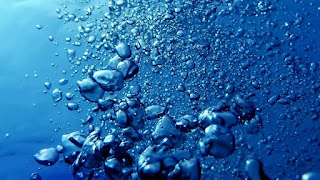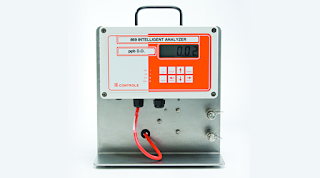Meeting Environmental Standards for TDS in Wastewater Treatment
TDS Overview
Total Dissolved Solids (TDS) measures the sum of all inorganic and organic substances dissolved in the process. The solids must be small enough to survive filtration through a sieve but not so small that they are ionized or colloidal. They need to stay suspended! TDS sensors measure both soluble compounds such as salts and minerals and insoluble particles like dirt.
Monitoring the TDS to determine the quality and purity of the process is an essential consideration for companies looking to measure TDS in applications such as; cooling tower blowdown, boiler blowdown, or incoming raw water. These tools can analyze how much salt content exists in any given sample, which can then be used to trigger an alarm before scale starts building up. This can cause heat transfer efficiency issues as well as costly repairs and downtime.
Sources of High TDS
TDS are typically found in all freshwater systems. TDS is created when water comes into contact with the earth’s minerals. Some examples of this include; agricultural run-off that occurs during and after heavy rainfalls, snowmelt, leaching of soil contamination where fertilizers have been dumped on top of crops year after year without tilling deep enough to go below the surface root zone (the area just beneath plant root zones). For more visit source.



Comments
Post a Comment